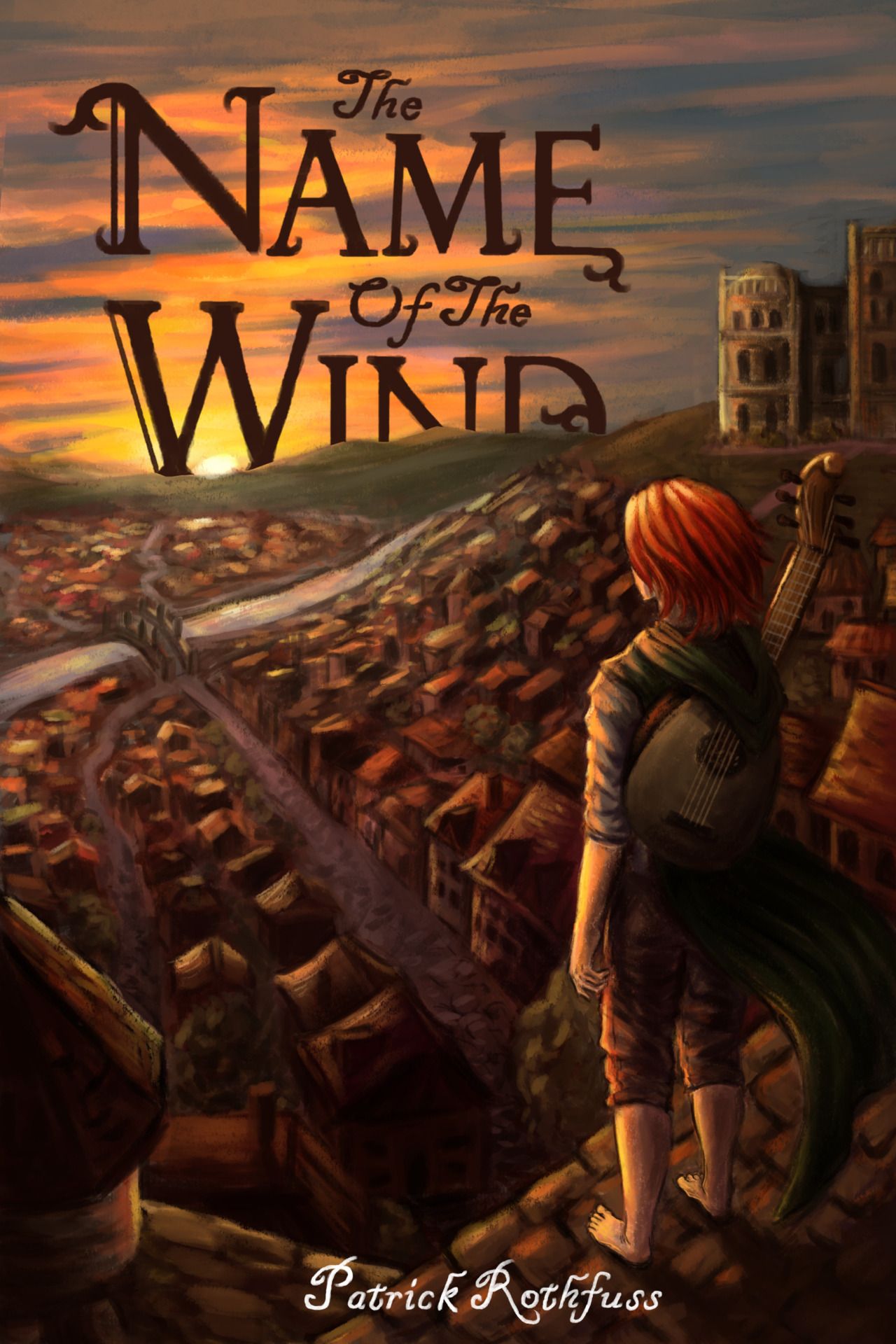“What’s in a name?” you might ask. In our not-so-magical universe, names are just a collection of arbitrary letters decided by our parents — labels for the world to use. What if I told you that names aren’t as ordinary as you think? What if I told you that knowing the true name of a person, object, or force of nature could grant you complete dominion over it? Would you believe me?
Well, it may be a longshot in our world, but in a faraway, mystical land known as Temerant, names hold unlimited power. In this extraordinary world, you can make mountains crumble into dust, command humans to do your bidding, compel the clouds to weep, and even make the wind itself howl and seethe with rage. Sounds interesting? Let’s hop right in and discover the magnificence of this new universe.
In the world of Patrick Rothfuss’s epic fantasy novel, The Name of the Wind, even ordinary mortals like you can become wielders of these magical abilities. To attain them, however, you must work hard and master the academic disciplines of Sympathy, Sygaldry, Alchemy, and Naming; only then will you earn the title of an ‘Arcanist’ (a wizard in Temerant).

Soon after its release, Rothfuss’s novel became a best-selling worldwide phenomenon that rocked the literary world. The fact that The Name of the Wind (along with its sequel) has sold over 10 million copies worldwide to date is a testament to its popularity and quality. Rothfuss has meticulously built a fictional universe replete with fleshed-out characters and compelling backstories. At the same time, Rothfuss has successfully maintained a fixed set of rules governing magic and its use by providing a logical, scientific perspective and a complex arrangement of magical boundaries and limits. In this extraordinary world, the common public uses technology whose origins trace back to Arcanists. High-quality glass, clean light sources, modernized waterworks, and several other everyday products have been developed by Arcanists or Arcanist students at the University (a renowned center of learning for aspiring wizards and scholars).

The novel’s narrative perspective lends it a unique and refreshing flavour. Constantly switching between the first-person protagonist point of view and the omniscient third-person narrative, Rothfuss’s book takes readers on an alluring voyage through both the past and the present. It first reveals Kvothe’s compelling backstory. After killing a famous king and instigating a war, Kvothe becomes a fugitive. An unrivaled swordsman, magician, and musician, legends of Kvothe’s exploits rapidly spread through Temerant. He goes into hiding, assumes a new identity, and lives as an ordinary innkeeper named “Kote” at the Waystone Inn. When Kote rescues a traveling scribe named Chronicler from spider-like monsters, Chronicler recognizes him and asks to record his life’s story. The entire novel is Day 1 of Kvothe recounting the legendary tale of his life to Chronicler. In some sections of the book, we’re pulled back into the present as Kvothe himself continues the story, while the omniscient narrator takes over in others. This approach from Rothfuss lends a fresh perspective to the novel, resulting in a more believable, personal, and immersive story for the readers.

The endless spine-tingling twists and turns in the book leave readers craving for the next chapter. Rothfuss leaves no stone unturned in strategically revealing captivating stories about Kvothe’s origin, childhood, struggles, life at the University, the mystical realm of the Faeries, and encounters with evil antagonists such as the Chandrian. As a reader, you’ll be rendered speechless and bask in the glory of Kvothe’s greatness. As you virtually walk alongside Kvothe, you’ll face utter devastation as his family is murdered, feel burning rage when people wrong him, and passionately cheer him on in his heroic victories. The Name of the Wind is genuinely character-driven and instead of merely inserting characters into the plot and telling a story for the sake of it, Patrick Rothfuss takes the less-opted approach of focusing on character development. If you’re looking for a book that will get you addicted, then this masterpiece from Rothfuss is just what the doctor ordered. Settle down in a cozy corner of your home, light up the fireplace if you have one, and allow Rothfuss to tug at your heartstrings through his vivid and exquisite storytelling. Sit down and discover the epic journey of how a talented young boy transformed over the years into the infamous Kvothe Kingkiller.
SUMANT S. DANGI
Chief Editor, Renesa
This article was originally written for and published on Renesa – The Official Media and Publication House of NIT Surat. It was featured in the 2021 Spring Edition of Renesa’s official magazine.

